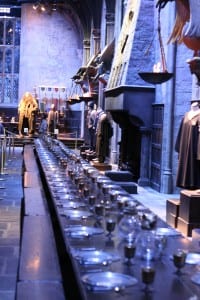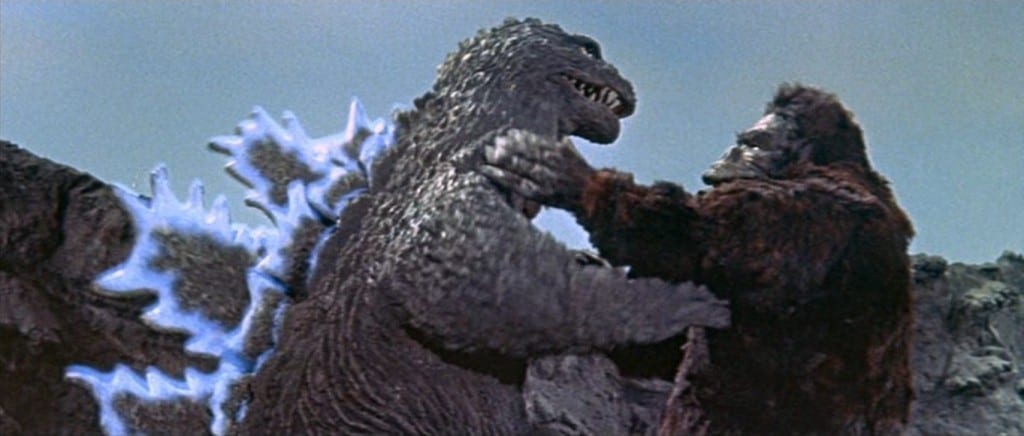From the picturesque landscape of New Zealand that we affectionately know as ‘Middle Earth’ to the harsh environment in Iceland that forms the planet that is explored by the crew of Prometheus, find out how the perfect filming locations are chosen.
While special effects and computer generated images (CGI) can create worlds and landscapes that go beyond your imagination as seen in Avatar, directors often choose to film in location often in harsh environments.
Sound stages such as Pinewood Studios offers filmmakers impressive backlots that allow for a variety of scenes to be filmed on either sound stages or in front of a green screen, they are often too artificial and lack the visual spectacle that the English landscape of a Hawaiian beach can offer.
Location Works is Europe’s largest locations company and have scouted the perfect location for hundreds of both film and TV productions including, Philomena, Jupiter Ascending and W.E.
But choosing the perfect location isn’t as simple as selecting a grand country house or an impressive mountain range in Italy.
So what is involved in being a location manager? According to Location Works, ‘Anything and everything that it takes to make a location shoot go smoothly. It’s a job that can require many talents and great patience. There’s no such thing as the “typical” job’.
A location manager takes the clients brief, whether it be a big-budget feature film or a modest photo shoot in London, they find the perfect location to suit all their needs. this means that the location has to work perfectly not just from a visual perspective but also logistically.
In some more harsh terrain the problem of safety and accessibility is something that needs to be thought about. After all, there is no point in finding the ‘perfect’ landscape if it is impossible to get a camera there to film any shots.
For example for the 2013 release, The Hunger Games: Catching Fire, most of the filming was done in Atlanta, Georgia. The reason behind this was due to the tax breaks the state offers to film makers in that area and less with the natural landscape in the surrounding area.

Filming the scenes for the ‘Arena’ in Hawaii, stars Jennifer Lawrence and Sam Claflin of The Hunger Games: Catching Fire.
The film then moved to Hawaii, with a much smaller crew, due to budgetary reasons, to film on location instead of in Georgia where they were using mainly back lots and sets.
So what Atlanta offered the filmmakers in a practical sense was something that while very useful, could not be matched by Hawaii’s golden beaches and lush jungles.
Whether it be a luxurious Spanish villa located in London for an independent movie or an active volcano, it is the job of the location manager to find that perfect location to be the perfect backdrop to the biggest cinematic moments.












